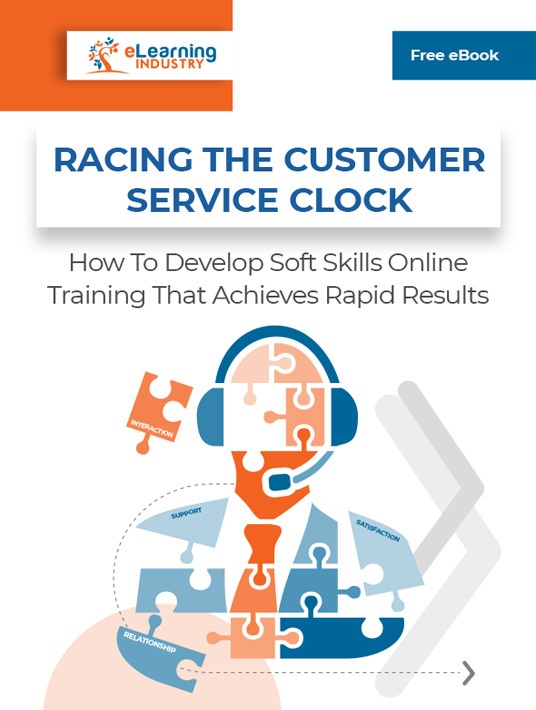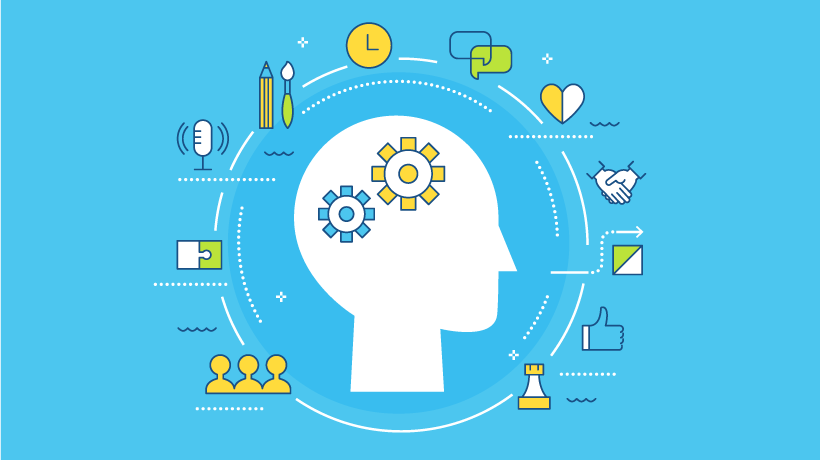Building Soft Skills In The Workplace With Real-World Training Activities
Employees usually stumble on skills gaps while performing complex tasks or helping challenging customers. Which also happens to be the most inopportune time to disclose hidden pain points. They lose face in front of peers and may even cost you valuable business. But you can help staffers identify areas for improvement in a risk-free setting thanks to real-world training activities. These support tools allow them to hone their talents and learn from mistakes before they clock in. Which resources can you use to build soft skills in the workplace and instill self-confidence in your team?

1. Difficult Customer Simulations
All customer service employees have dealt with difficult consumers from time to time. People who won’t take ‘no’ for an answer or simply aren’t happy with any solution. The only way to overcome this obstacle is to hone soft skills like compassion, active listening, and creative problem-solving. So, immerse employees in simulations that expose them to ‘cranky’ customers who require a high level of tact and interpersonal skills. For example, they must listen to the virtual consumer’s compliant and find the best resolution. Without violating company policy or losing repeat business.
2. Conflict Resolution Scenarios
It’s not just unhappy customers your staffers need to consider. There may also be conflicts among co-workers and team leaders. Or even between customers who are vying for the same product. Conflict resolutions scenarios enable team members to assess the situation, listen to all sides of the story, then find the best remedy. For instance, they need to ask all the right questions to get all points of view and appease both parties without pointing the finger. Employees shouldn’t have to play the role of mediator for every quarrel. However, they need basic conflict resolution soft skills training to improve teamwork and avoid on-the-job arguments.
3. Empathy-Building Personal Anecdotes
Share personal anecdotes that build soft skills in the workplace and help employees empathize with customers, co-workers, and team leaders. Sometimes all it takes is a story to stress the importance of understanding, communication, and compassion. They get to see things from a different perspective and learn about others’ coping mechanisms and motivations. For example, the angry customer who lashed out at you might have had a bad day. Their way of dealing with the stress was to take it out on the nearest employee. Your anecdote shows employee training participants that there are always two sides to the story. That listening to the customer’s needs and trying to empathize with their situation can work wonders. You can also encourage them to submit their own personal anecdotes to the online training library. Everyone has unique insights to share based on their life experiences.
4. Teamwork Collaborations
Divide employees into groups and assign them a problem or training topic. For instance, one team must evaluate a work-related task and figure out which soft skills are involved. As well as how they can build each skill to improve their performance. Then create a presentation to share via the online training repository. Another approach is to give them a customer complaint, and they need to determine the best course of action. Which steps should they follow to achieve the desired outcome? What’s the best way to keep the customer loyal without breaking any rules? Is there a way to avoid the complaint, to begin with?
5. Adaptability Serious Games
Employees must be able to adapt to the situation without losing their calm. Work would get pretty dull if staffers had to interact with the same customer or challenges every day. But that also means that employees require flexibility soft skills in the workplace. Serious games test their ability to change based on the circumstances. As an example, every level of the game features a new project management conundrum or sales scenario. Employee training participants must navigate the challenge using their soft skills and preexisting knowledge. You can also develop self-contained games that follow a single narrative. However, new details are revealed as the story progresses. Which forces employees to rethink their decisions moving forward. Maybe they discover that one co-worker initiated the argument for no valid reason. Or that a customer has a valid complaint because the employee mishandled the situation. How will they adapt to the changes and modify their approach?
6. Leadership Tutorials
Develop leadership tutorials for soft skills training that helps managers maintain a better working relationship with their department. Show them how to mitigate risks, handle internal conflicts, and identify hidden talents. Leaders must be able to openly communicate with subordinates and ensure that everyone has the support they need. As well as figure out how to manage human resources and improve productivity without causing burnout. Teach employee training participants how to engage with their team and make everyone feel respected. Even under-performers who need a gentle nudge to get back on track. You can also follow up with bite-size podcasts that focus on specific leadership soft skills. Such as non-verbal communication, positivity, and delegation.
The goal of soft skills training is to minimize the learning curve. To give employees all the tools they need to spot trouble areas and fine-tune their strengths. So, immerse them in difficult customer situations that call for tact and compassion. Then share personal anecdotes to build empathy and offer a new perspective. These real-world training activities enable staffers to test their skill mastery and learn how to use them in different contexts. Just make sure to provide immediate feedback, so they know what to work on and how to mitigate on-the-job risks.
If you need to learn more about the importance of honing soft skills in the workplace, read our eBook Racing The Customer Service Clock: How To Develop Soft Skills Online Training That Achieves Rapid Results and find out all the benefits of investing in your employees' soft skills training.









